Crude Oil prices have declined to test a daily value of support near today’s low of $46.26. This price decline has been predicated on some OPEC members hinting that they may be unwilling to cut production going into a meeting in Vienna later this month. This news has left many Oil traders sidelined, as prices may be prepared to bounce higher or breakout lower at current levels.
Alternatively, GSI has indicated that prices have risen by $0.48 or more in 56% percent of the 37 identified historical events. A bounce in price to $46.93 could be seen as the beginning of a retracement or a reversal of this morning’s decline. Traders looking for further confirmation of a bullish reversal, may elect to wait for Crude Oil prices to move through the final historical bullish distribution found at a price of $47.53.
more...


 1Likes
1Likes LinkBack URL
LinkBack URL About LinkBacks
About LinkBacks

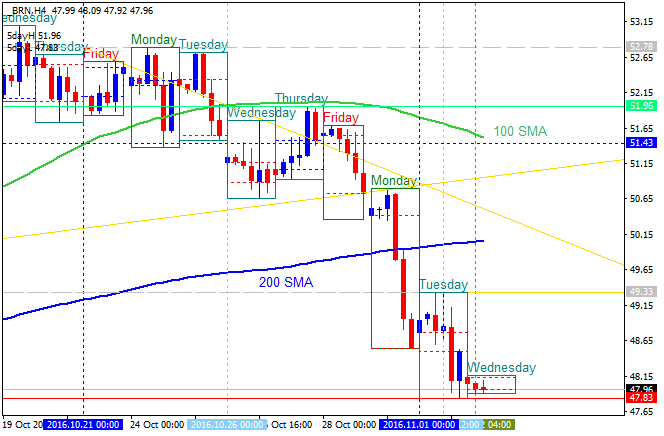





 Reply With Quote
Reply With Quote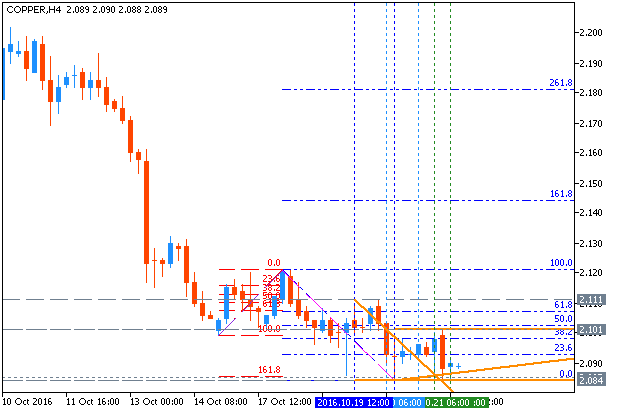

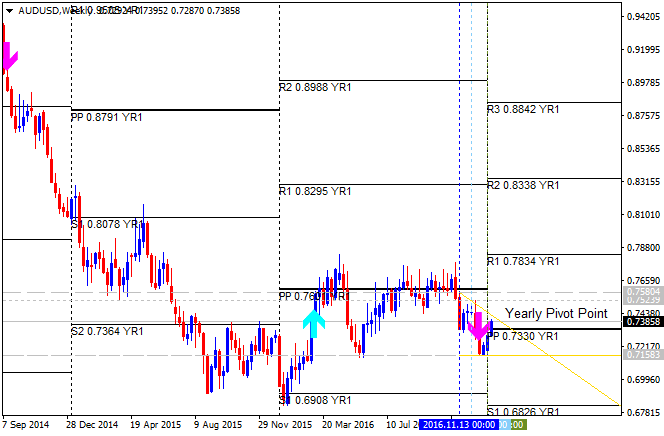
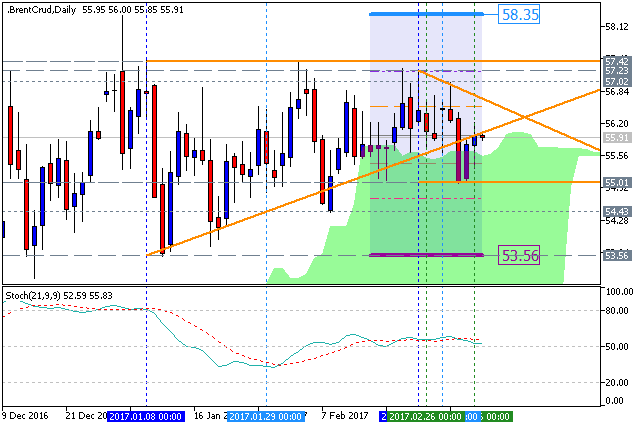
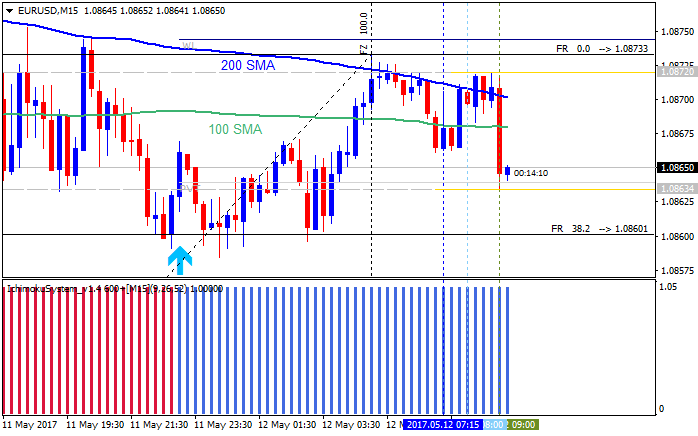
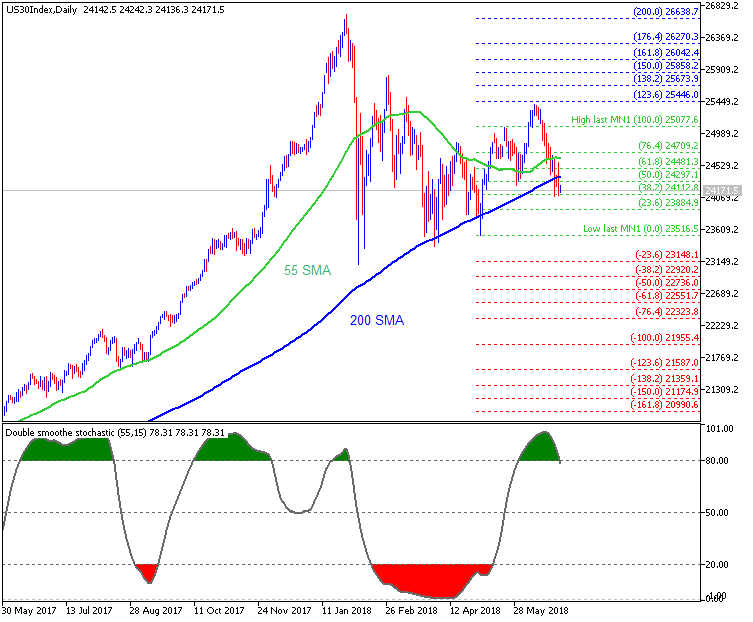
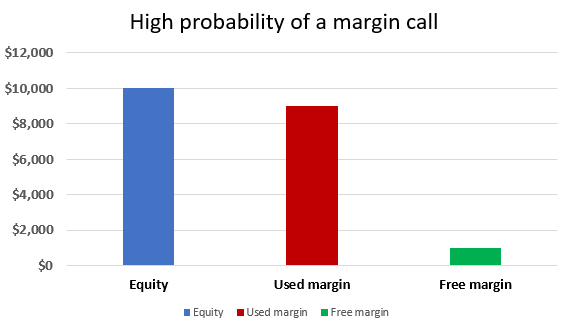


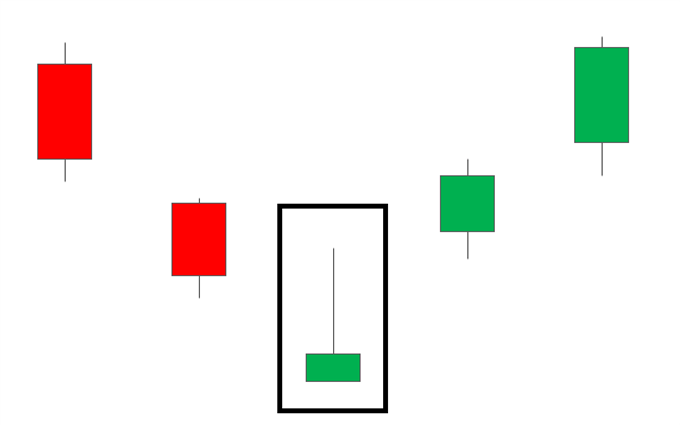


Bookmarks